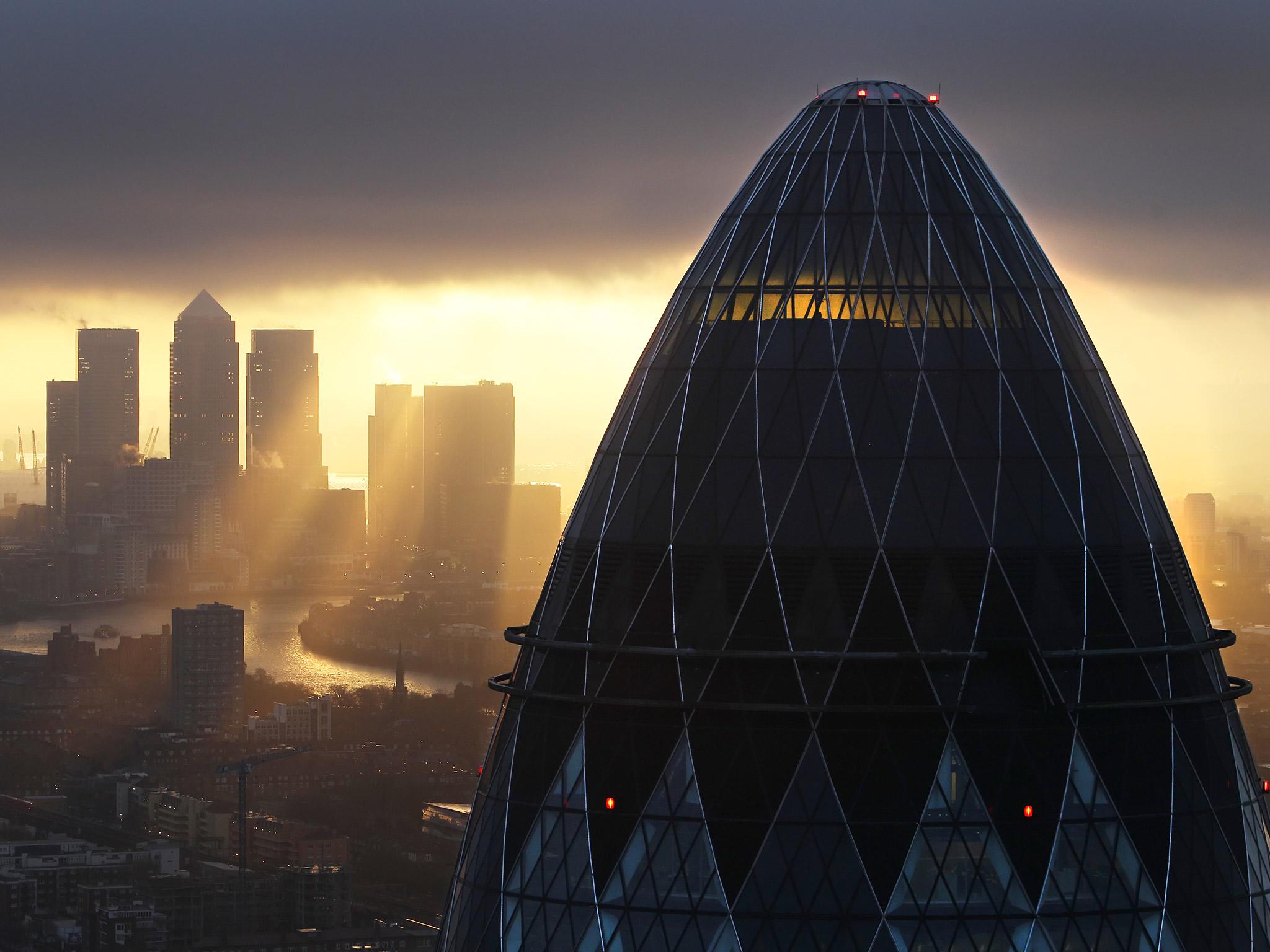Savings watchdog vows to shine light on low interest accounts
City watchdog hopes to force institutions to play fairer with consumers

Your support helps us to tell the story
From reproductive rights to climate change to Big Tech, The Independent is on the ground when the story is developing. Whether it's investigating the financials of Elon Musk's pro-Trump PAC or producing our latest documentary, 'The A Word', which shines a light on the American women fighting for reproductive rights, we know how important it is to parse out the facts from the messaging.
At such a critical moment in US history, we need reporters on the ground. Your donation allows us to keep sending journalists to speak to both sides of the story.
The Independent is trusted by Americans across the entire political spectrum. And unlike many other quality news outlets, we choose not to lock Americans out of our reporting and analysis with paywalls. We believe quality journalism should be available to everyone, paid for by those who can afford it.
Your support makes all the difference.Banks and building societies are to be forced to tell customers when they slash interest rates. The Financial Conduct Authority has also begun publishing six-monthly details of the lowest interest rates offered in an attempt to boost competition.
The City watchdog hopes to force savings institutions to play fairer with consumers who have long been ripped off with pathetic returns. Typically, banks and building societies offer attractive, market-leading rates and then, once they have suckered savers in, slash the rates, leaving millions to receive almost no returns on their nest eggs.
So-called “rate tarts”, who are wise to the tactic, simply switch accounts every year to ensure that they still get decent returns. But millions more, who assume that their savings are getting a reasonable rate, will be shocked to discover how many accounts pay as little as 0.01 per cent, which means they earn just 10p a year on every £1,000 saved.
The regulator hopes to highlight the scandal by publishing details of the lowest-paying accounts. It calls it a “sunlight” remedy “because we are shining a light on interest rates that are not prominently displayed, but that may be earned by some customers”. The FCA added: “These customers stand to lose out by not switching to a different account.”
The FCA looked at the 39 biggest savings brands to produce its figures. Closed accounts from First Direct and HSBC actually pay no interest at all, but the lowest interest paid across all accounts is 0.01 per cent. The FCA’s table of shame reveals that such staggeringly poor interest is paid on accounts from Danske Bank, Progressive Building Society, Skipton Building Society and Ulster Bank.
Many more have accounts pay just 0.1 per cent, including those at Bank of Scotland, Barclays, Halifax, Lloyds, the Post Office and Santander – which means people earn just £1 a year on £1,000. “Clarity about interest rates will leave many people shocked about how little they’re earning,” said Martin Lewis, the founder of MoneySavingExpert.com.
Danny Cox, of Hargreaves Lansdown, added: “This is a wake-up call to the banks and building societies which are turning a blind eye to savers who are left abandoned in zombie accounts.”
The new rules proposed by the regulator will mean that banks and building societies have to make interest rate information clearer when customers open accounts and report it alongside account balance data. They will also have to tell customers if rates are set to change or introductory rates are about to end.
“Finally, savers will be told on their statements quite how little they’re earning – a good thing – yet somewhat risible given how long it’s taken,” added Mr Lewis.
The FCA has been investigating the sector for two years and plans introduce the new rules in December next year.
Join our commenting forum
Join thought-provoking conversations, follow other Independent readers and see their replies
Comments